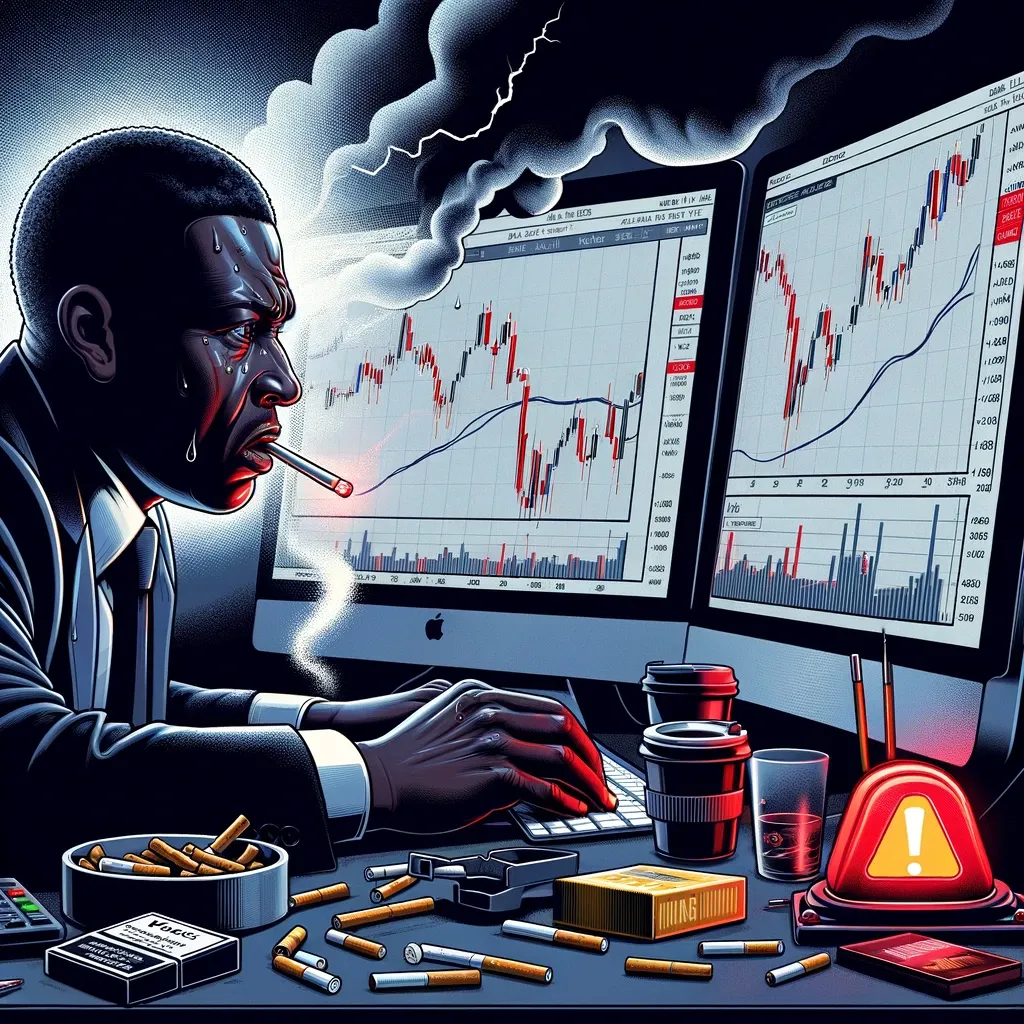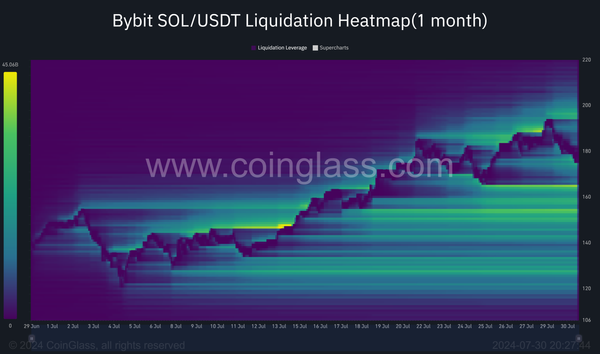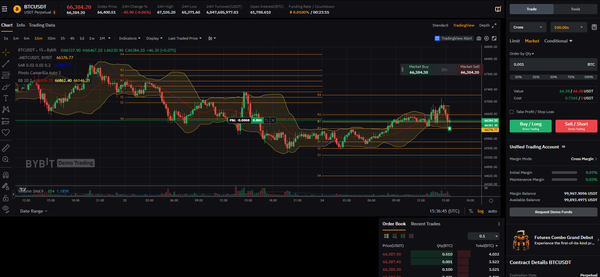Beyond the Charts: The Psychological Battle of Trading in Volatile Markets

In trading, drawdowns—a measure of the decline from a trading account's peak to its lowest point before a new peak is reached—are more than just a financial metric. They're a psychological trial that every trader must navigate. The volatility inherent in the cryptocurrency markets means that drawdowns are not just possible; they are probable. How traders respond to these drawdowns can have a profound impact on their success, both in the market and in their personal well-being.
The Stress and Anxiety of Watching Numbers Fall
For traders, the visual of their portfolio’s value decreasing can be a source of significant stress and anxiety. This is especially true for those who trade with leverage, where the stakes are even higher. The psychological burden of potential financial loss can lead to sleepless nights and a constant state of worry, affecting both trading decisions and quality of life.
Fear Takes the Helm
As the drawdown deepens, fear can become the dominant emotion, pushing traders to make decisions based on avoiding further loss rather than on sound strategy. This fear of loss can lead to prematurely closing positions or hesitating to take advantage of legitimate opportunities, both of which can stymie potential profits.
The Paradox of Risk Aversion
Experiencing a significant drawdown often leads traders to become overly cautious, a state of heightened risk aversion that might keep them from engaging in trades that are perfectly aligned with their strategies. While caution is commendable, an excess of it can curtail the trader’s ability to achieve meaningful gains.
Revenge Trading and Impulsivity
In a bid to quickly recover losses, some traders fall into the trap of impulse or revenge trading, making rash decisions aimed at “beating” the market. This departure from disciplined trading can increase risks and amplify losses, moving the trader further away from their recovery goals.
A Crisis of Confidence
Repeated setbacks or a single severe drawdown can severely undermine a trader's confidence in their strategy and skills. This crisis of confidence can cripple a trader’s ability to act when opportunities arise, potentially locking them in a cycle of hesitation and regret.
The Dangers of Overtrading
The urge to recover from a drawdown can lead to overtrading, where the frequency of trades exceeds strategic guidelines. This not only increases transaction costs but can also lead to poor decision-making and amplified losses.
The Path to Burnout
The cumulative stress of managing a drawdown, especially in a volatile market, can lead to burnout. This state of emotional, physical, and mental exhaustion reduces a trader's effectiveness and can lead them to disengage from trading altogether.
Decision Paralysis: The Ultimate Enemy
Perhaps one of the most challenging effects of a drawdown is decision paralysis. The fear of making another wrong move can freeze traders in their tracks, preventing them from cutting losses or capitalizing on new opportunities.
Strategies for Psychological Resilience
To combat these psychological challenges, traders can adopt several strategies. These include setting clear risk management parameters, practicing stress reduction techniques, maintaining a trading journal, and continuous learning. Embracing a resilient mindset, accepting losses as part of the trading journey, and sticking to a well-defined trading plan are key to overcoming the emotional hurdles presented by drawdowns.
Conclusion
In the volatile realm of crypto perpetual futures trading, drawdowns are a test of both financial acumen and emotional resilience. Understanding the psychological impact of drawdowns is the first step towards mastering them. By preparing for the emotional challenges and adopting strategies to maintain psychological well-being, traders can navigate the tumultuous markets with confidence and poise.




